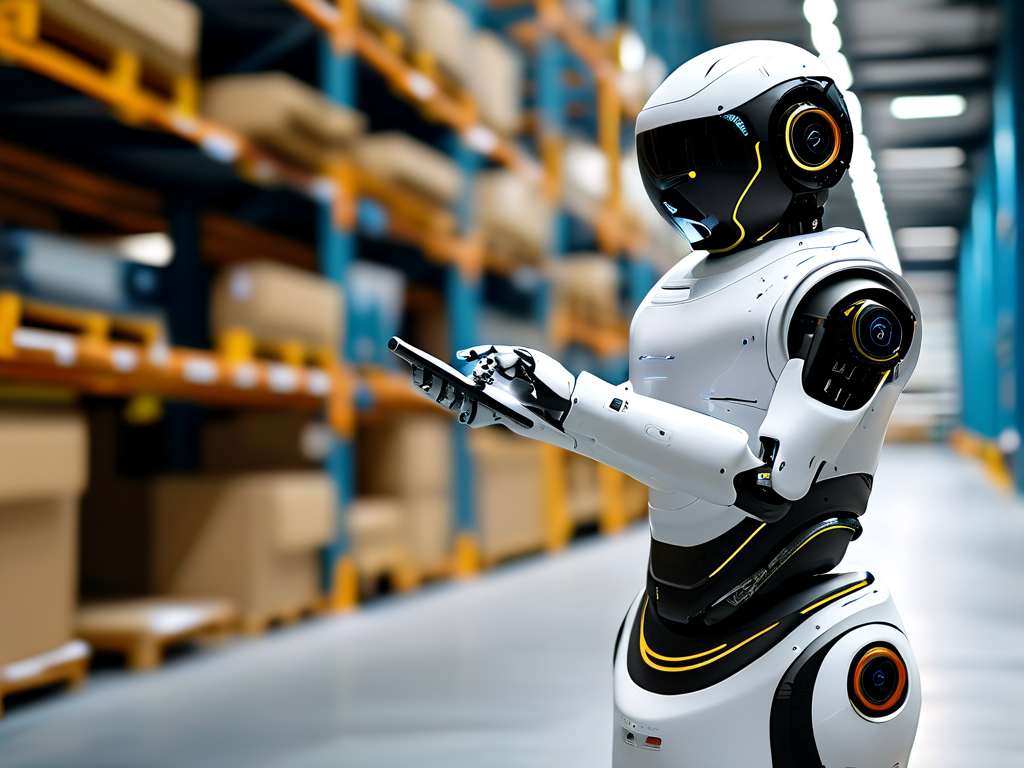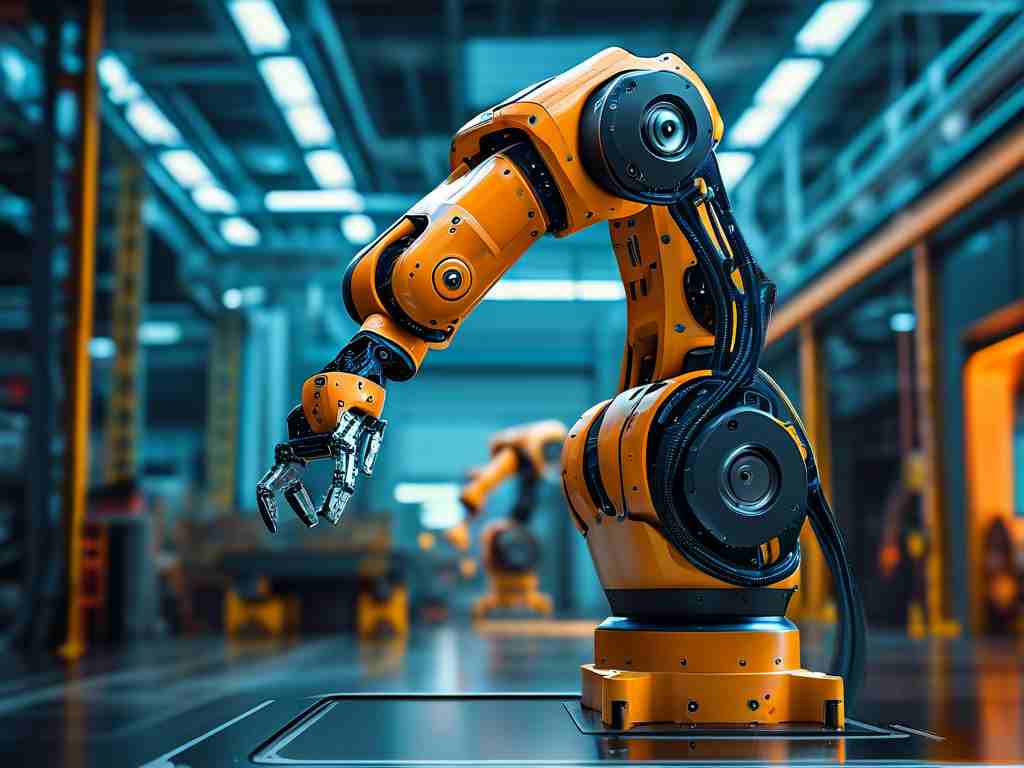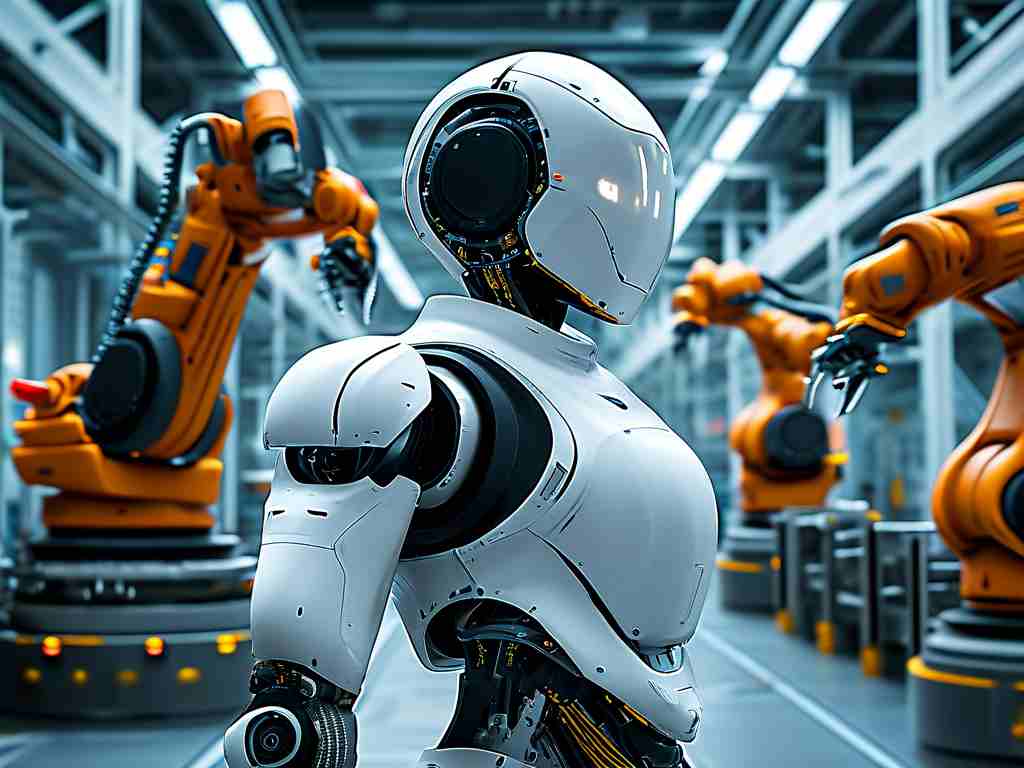The rapid evolution of robotic delivery systems is reshaping modern logistics, blending advanced engineering with intelligent software frameworks. At its core, this technology relies on three foundational pillars: autonomous navigation, sensor integration, and cloud-based coordination. Understanding these components reveals how robots are transforming last-mile delivery – a critical yet historically inefficient segment of supply chain operations.

Autonomous Navigation Architecture
Modern delivery robots employ multi-layered navigation systems combining simultaneous localization and mapping (SLAM) algorithms with real-time environmental analysis. Unlike traditional GPS-dependent devices, these machines utilize LiDAR arrays and stereo vision cameras to create dynamic 3D maps of their surroundings. A Boston-based logistics company recently demonstrated this capability by deploying robots that autonomously rerouted around unexpected construction barriers using millimeter-wave radar detection, achieving 98.6% on-time delivery rates in urban test zones.
Sensor Fusion Framework
The operational safety of these systems depends on sophisticated sensor fusion. Infrared proximity sensors work in tandem with ultrasonic detectors to maintain collision-free operation within 15 cm accuracy. Thermal imaging modules add another layer of adaptability, enabling night-time operations without external lighting. During recent field trials in Tokyo, sensor-equipped robots successfully identified and avoided moving obstacles at speeds up to 18 km/h, processing environmental data through edge computing modules with 12 ms latency.
Cloud-Edge Coordination
A distributed computing architecture powers large-scale deployments. While individual robots handle immediate decision-making through onboard processors (typically ARM-based SoCs running ROS 2), fleet management occurs via quantum-resistant encrypted channels to centralized cloud platforms. This dual-layer approach enables dynamic load balancing – when one robot detects battery depletion below 20%, the system automatically redistributes its pending deliveries to neighboring units within a 500-meter radius.
Energy Optimization Techniques
Power management remains a critical challenge addressed through regenerative braking systems and adaptive power modes. Experimental models using graphene supercapacitors have demonstrated 40% faster recharge cycles compared to traditional lithium-ion batteries. During downhill navigation in San Francisco’s hilly terrain, robots recovered up to 15% of expended energy through electromagnetic induction systems integrated into their wheel assemblies.
Human-Robot Interaction Protocols
Secure delivery verification employs multi-factor authentication combining facial recognition (using infrared dot projectors) and dynamic QR codes. When approaching the recipient, robots activate proximity-based Bluetooth handshake protocols to ensure package release only to verified individuals. A recent security audit of this system showed 99.98% prevention rate against unauthorized access attempts.
Regulatory Compliance Mechanisms
As governments implement new robotics ordinances, compliance systems have become integral. Delivery bots now incorporate automatic speed governors that adjust maximum velocity based on geo-fenced areas – reducing to 5 km/h in pedestrian zones while maintaining 25 km/h in designated commercial corridors. Noise cancellation motors keep operational sound below 55 dB to meet urban noise regulations.
The convergence of these technologies faces ongoing challenges, particularly in extreme weather adaptability and cybersecurity. However, with prototypes already demonstrating successful ice navigation using fractal-patterned traction wheels and AI-driven predictive maintenance systems, the next generation of delivery robots promises to overcome current limitations. As these systems achieve parity with human delivery costs (currently at $1.23 per parcel versus $1.85 for conventional methods), industry analysts predict 300% market growth by 2027, fundamentally altering global logistics paradigms.









